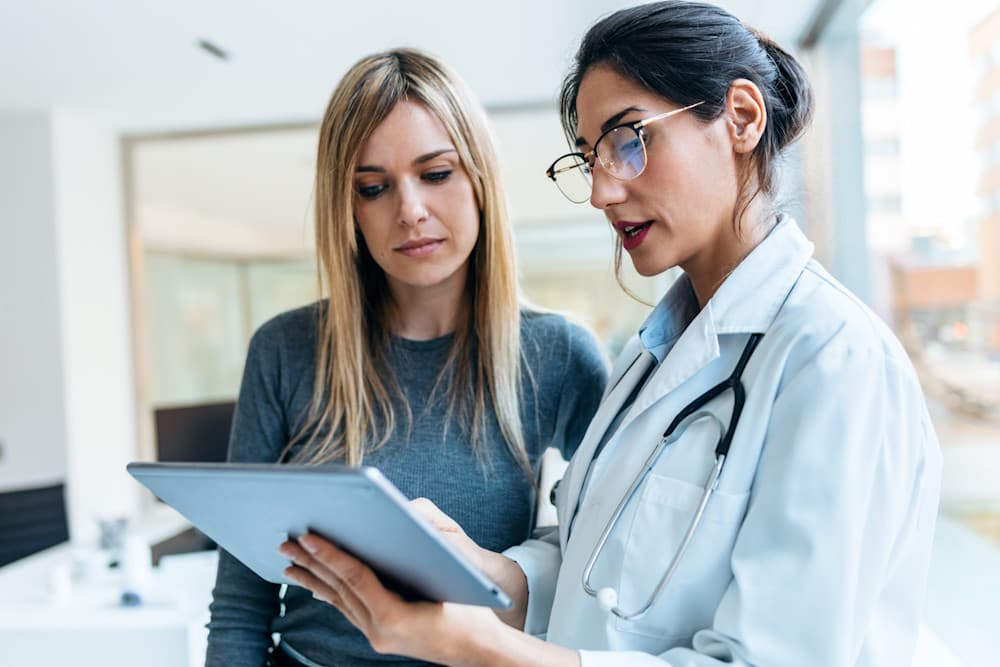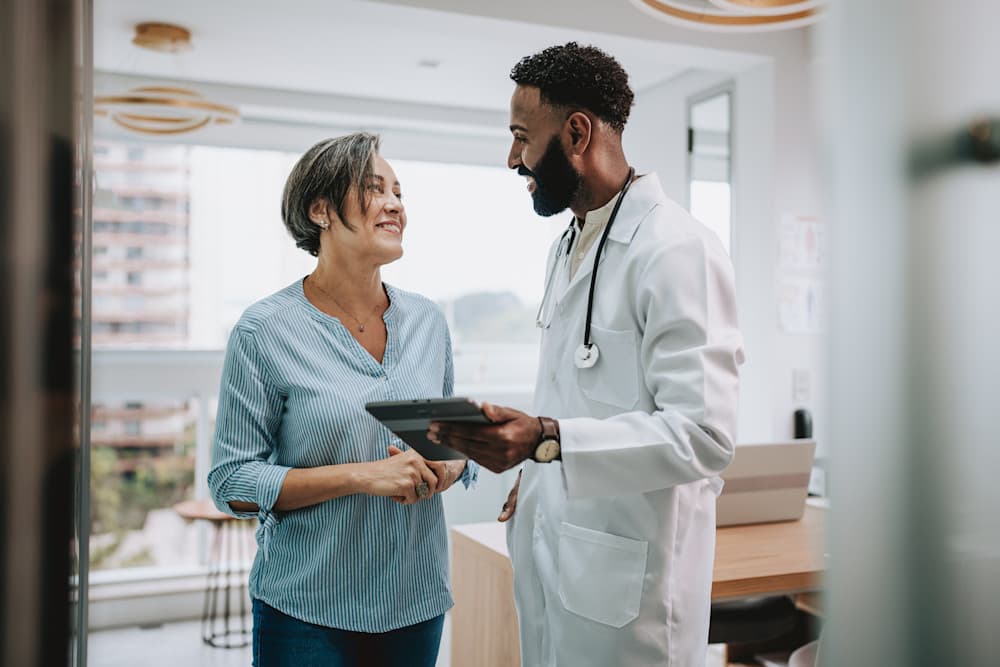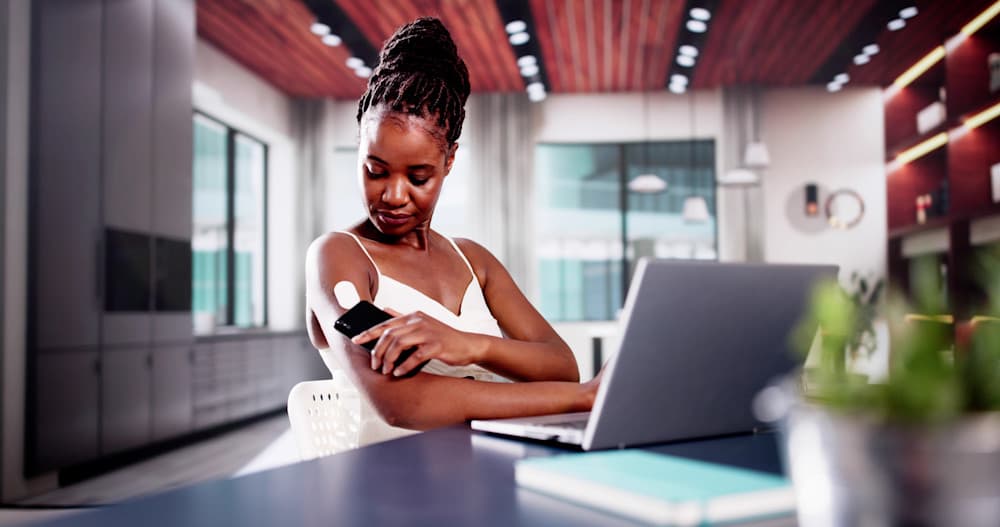Slowing the Spread of COVID-19: Hope As New Vaccines and Testing Roll Out

5 Minutes

Team Curative

Jan 7, 2021
In 2019, the World Health Organization (WHO) discovered a new coronavirus strain after an outbreak occurred in China in December 2019. Since then, countries around the world have been working on slowing the spread of COVID-19, sending medical supplies where needed, increasing testing capacity, and developing a vaccine for the new strain of coronavirus now known as SARS-CoV-2, which causes the disease COVID-19.
The immediate focus was on figuring out how to slow the spread as scientists and medical professionals learned more about the virus and grappled with an overwhelming number of patients and not enough resources to protect themselves and provide adequate care for patients. Many countries worldwide imposed a series of lockdowns, closing businesses, banning travel, and encouraging citizens to stay home.
As they monitored COVID-19 data, some countries began lifting restrictions, which seemed promising at first. Testing became more widely available, and social distancing became standard at many restaurants and businesses. Even now, most large gatherings at sporting events and concerts are still prohibited.
Yet, the virus continues to circulate, and the vast majority of people are still susceptible to COVID-19. Many countries, including most of Europe, South Korea, and South Africa, have now entered a second wave and began new lockdown procedures in winter of 2020. The U.S. has also seen a sharp rise in new cases prompting several counties to implement more strict stay at home regulations.
Although the virus has a relatively low fatality rate, it is highly infectious and has already been responsible for more than one million deaths worldwide.
Governments are working tirelessly with the WHO and the Centers for Disease Control and Prevention (CDC) to find the most effective ways to reduce the spread of COVID-19.
What We Know so Far
Scientists have discovered that person-to-person contact is the primary mode of COVID-19 transmission. Therefore, most methods used to reduce the virus’s spread have focused on adjusting social behaviors.
COVID-19 spreads through droplets of saliva or mucus dispersed when an infected person coughs, sneezes, talks, or breathes. These virus-laden droplets can land in another person’s mouth or nose. Some of these droplets can aerosolize and linger in the air for up to three hours, where others can inhale them and become infected. The virus can also be transmitted when a person touches a surface where infected droplets have landed and then touches their face.
The following are recommendations to help reduce the spread of COVID-19:
Avoid large gatherings, events, and meetings. Maintain a distance of at least six feet from other people.
Wash your hands regularly with soap and warm water for at least 20 seconds. If no hand-washing facilities are available, use an alcohol-based hand sanitizer with at least 60% alcohol content. Wash your hands after using the restroom, after coughing or sneezing, after being in contact with something or someone outside your home, and before eating.
Wear a mask that covers your mouth and nose any time you are out in public.
Cover your mouth and nose when coughing and sneezing.
Regularly disinfect frequently touched surfaces such as doorknobs, counters, desks, cellphones, keyboards, and toilets.
If you feel ill, stay at home and isolate yourself from family and pets.
Inform your doctor or hospital that you suspect you have COVID-19 before arriving to ensure the medical staff can adequately prepare for your visit.
Avoid the use of public transport and ride-sharing services whenever possible and especially when you are sick.
Avoid touching your face, especially your nose, mouth, and eyes.
Many of these measures have been implemented since the beginning of the outbreak. In addition, the U.S. government has since put in place rigorous testing and contact tracing, which involves notifying people who have been in contact with an infected person so they can self-isolate and know what to do when they start showing symptoms. Contact tracing is effective in preventing transmission since potential COVID-19 patients are made aware that they may be infected and can proactively isolate to avoid infecting more people.
These efforts have not been in vain. Health measures like stay-at-home orders have shown promising trends when adhered to and analysis indicates that tens of millions of infections have been prevented and millions of lives have been saved thus far. One study from the Global Policy Lab at the University of California Berkeley analyzed lockdowns in the United States, China, South Korea, France, Italy, and Iran and found that these lockdowns combined averted 62 million cases. This underlines why it is imperative that we continue to follow CDC guidelines so that we can stop the spread and strive towards normalcy once again
Although these measures have been effective for those who have listened to them, there is a resurgence of cases around the world. As a result, many countries across Europe have started re-imposing lockdowns or restrictions to control the spread of the virus in another wave. In the U.S., states like New York, California, Washington, Oregon, and others have tightened restrictions to reduce the number of avoidable infections.
Hope for the Future
Despite the rise in cases, there is hope on the horizon. After almost a year of battling COVID-19, vaccines are finally available. The FDA has authorized two vaccines, developed by Pfizer-BioNTech and Moderna, for emergency use in the U.S. In December 2020, Anthony Fauci, M.D., director of the National Institute of Allergy and Infectious Diseases, stated that the U.S. could reach some normality by mid-fall 2021 if 75% to 85% of the population can get inoculated.
In addition to the vaccines, testing capacity and process have improved dramatically. Thanks to The Families First Coronavirus Response Act, a self-collected mouth-swab test is available at Curative walk-up and drive-up centers throughout the U.S. This test is offered without an appointment and at no cost to patients. Curative provides testing at no out-of-pocket costs for most patients. Insurance may be required at some Curative COVID-19 test sites.
As we celebrate the festive season this year, remember to stay safe and take precautions to keep yourself and your loved ones safe. Locate a fast, self-collected COVID-19 test site near you. Observed and directed by a healthcare worker.
Curative Inc. and its subsidiary, Curative Management Services LLC, engage with medical entities that provide vaccination services.
Sign up for our Newsletter
Table of Contents
What We Know so Far
Hope for the Future








